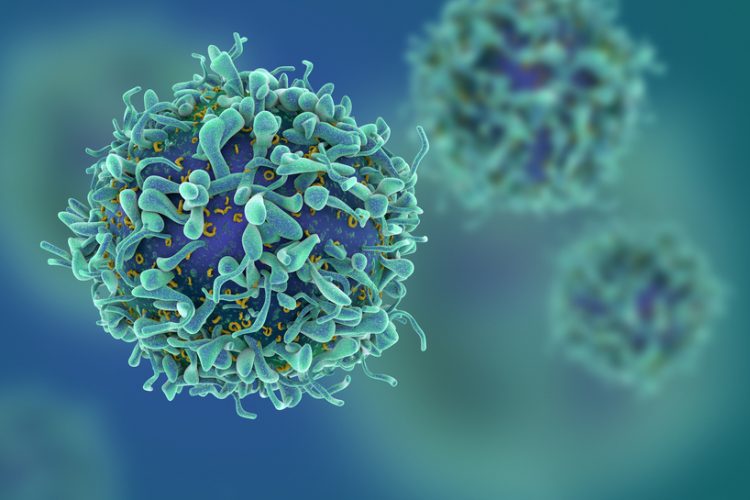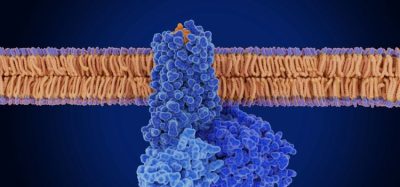Abatacept improves survival in patients with acute GvHD
Posted: 11 December 2017 | Dr Zara Kassam (European Pharmaceutical Review) | No comments yet
A drug used to treat rheumatoid arthritis improves survival after hematopoietic stem cell transplant…


Results from a phase 2 clinical trial, show that the drug Abatacept (Orencia) nearly eliminated life-threatening severe acute graft-versus-host disease (GvHD) in patients receiving hematopoietic stem cell transplants.
Abatacept, when added to the standard drug regimen used to prevent GvHD, reduced the occurrence of acute, grade III-IV GvHD from 32 to 3 percent in pediatric and adult patients who underwent mismatched unrelated donor stem cell transplants to treat advanced cancer and other blood disorders. As a result, patients receiving the post-transplant regimen with abatacept experienced improved disease-free and overall survival compared to those who did not.
Acute GvHD is the most deadly complication that can arise after stem cell transplantation. Graft-versus-host disease occurs when the donated T cells, white blood cells in the immune system that fight infection, launch a vigorous attack on a patient’s organs, including the skin, liver, kidneys, lung, and the gastrointestinal tract. For patients receiving cells from an unrelated donor, the rate of mild-to-severe forms of acute GvHD can reach as high as 80 percent, with up to half of patients dying from the most severe forms.
“Given the serious threat of graft-versus-host disease, new approaches to make stem cell transplants safer for patients remain a critical unmet need,” said Dr Leslie Kean, the trial’s principal investigator and associate director of the Ben Towne Center for Childhood Cancer Research at Seattle Children’s. “To see such striking results in patients at extremely high risk for graft-versus-disease is incredibly encouraging.”
Dr Kean first became interested in using abatacept to prevent GvHD based on the immunotherapy drug’s success in treating patients with rheumatoid arthritis. In rheumatoid arthritis, abatacept inhibits T-cell activation and prevents the chain of events that lead to debilitating joint inflammation.
Similarly, feasibility studies conducted by Dr Kean found that abatacept blocks the activation of certain T cells after transplant. In their models, abatacept reduced the proliferation and activation of effector T cells. Effector T cells incite GvHD when they become overactive as the patient’s immune system starts to rebuild itself from the donor stem cells.
“Preventing graft-versus-host disease and relapse after transplant requires a difficult balance of eliminating the bad, overactive effector T cells, without suppressing the good, regulatory T cells,” said Dr Kean, who is also an Associate Professor of Pediatrics at the University of Washington School of Medicine and a member of the Fred Hutchinson Cancer Research Center. “As we make improvements to our toolbox of agents capable of achieving this Holy Grail of stem cell transplant, it’s essential to include targeted approaches like abatacept.”
The multicenter data presented included two patients cohorts who were enrolled across 18 sites. In the cohort of patients who received transplants from mismatched unrelated donors, all 43 patients received four doses of abatacept with a calcineurin inhibitor and methotrexate. To serve as the control, researchers looked at data from a national database of matched patients receiving two commonly used regimens to prevent GvHD – a calcineurin inhibitor and methotrexate (CNI/MTX) or a calcineurin inhibitor and methotrexate plus anti-thymocyte globulin (+ATG).
At 100 days post-transplant, the cumulative incidence of grade III-IV acute GvHD occurred in 3 percent of patients receiving abatacept compared to 32 percent receiving CNI/MTX and 22 percent receiving +ATG. Patients receiving abatacept had intact immune reconstitution, significant improvement in transplantation-related mortality, no major uncontrolled infection and no increase in disease relapse. Significant survival advantages for the abatacept group were demonstrated at one-year post-transplant. Overall survival improved to 85 percent (vs. 57 percent in CNI/MTX and 68 percent in +ATG controls); 79 percent of patients experienced disease-free survival (vs. 50 percent in CNI/MTX and 63 percent in +ATG controls).
The second cohort of 140 patients with human leukocyte antigen-matched unrelated donor transplants completed enrollment in November 2017, with data expected from this randomized double-blind arm of the study in the next six months.
“To have a therapy at our disposal that safely targets just the T cells causing graft-versus-host disease would represent a major step forward in stem cell transplantation. It not only offers new hope that we can prevent graft-versus-host disease upfront, but that we can also significantly improve outcomes for patients requiring high-risk transplants,” said Dr Kean
In addition to her work with abatacept, Dr Kean is leading several research projects at Seattle Children’s to develop novel approaches to predicting and preventing GvHD.
Related topics
Clinical Development, Clinical Trials, Drug Targets, Immunotherapy
Related organisations
Ben Towne Center for Childhood Cancer Research, Fred Hutchinson Cancer Research Center, Seattle Children's Research Institute, University of Washington School of Medicine









